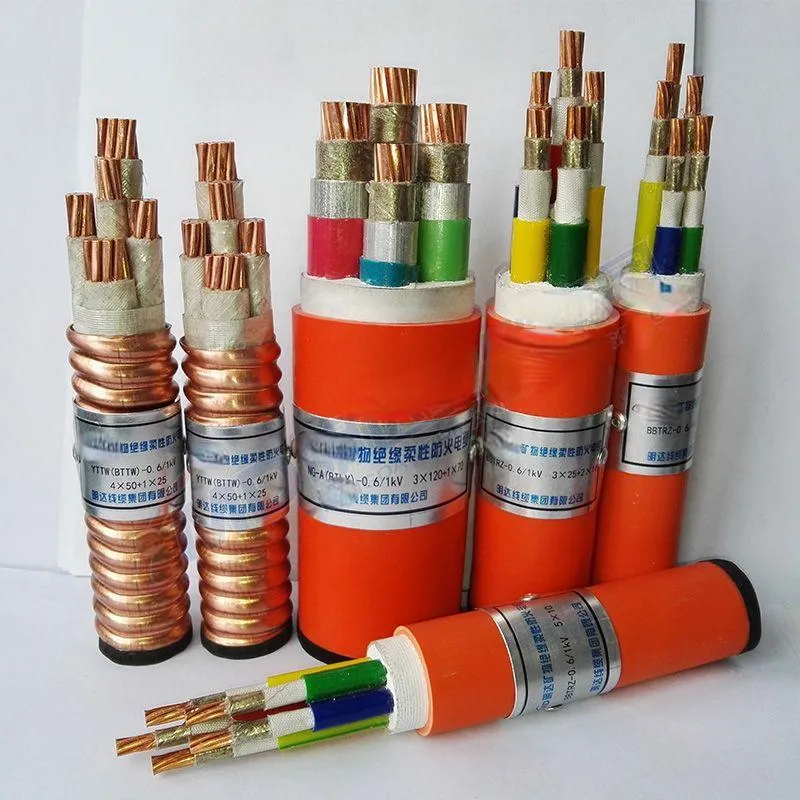નવેમ્બર . 20, 2024 06:40 Back to list
ball valve
Understanding Ball Valves A Key Component in Fluid Control
Ball valves are one of the most common types of valves used in various industrial applications. Known for their robust construction, reliability, and excellent sealing properties, they play a crucial role in controlling the flow of liquids and gases across pipelines. This article delves into the mechanics, types, applications, and advantages of ball valves.
Mechanics of Ball Valves
At the heart of a ball valve is a spherical disc, or ball, that has a hole or port through its center. The valve operates by rotating this ball through a quarter turn (90 degrees) to either allow or prevent the flow of fluid. When the ball’s port aligns with the pipe, the valve is in an open position, allowing fluid to flow through. Conversely, when the ball is turned 90 degrees, the flow is blocked, placing the valve in a closed position.
The simple yet effective design of the ball valve allows for minimal pressure drop and quick shut-off capabilities, making it an ideal choice for applications where reliable performance is a must. The body of a ball valve can be made from a variety of materials, including stainless steel, brass, PVC, and bronze, depending on the application and the type of fluid to be controlled.
Types of Ball Valves
There are several types of ball valves tailored for different environments and requirements
1. Floating Ball Valves Here, the ball is held in place by the valve body. The pressure from the fluid pushes the ball against the seat, achieving a tight seal.
2. Trunnion Ball Valves This type features a ball that is mounted on a trunnion, allowing it to handle higher pressures and larger sizes. They are commonly used in rigid piping systems where the valve needs to remain stable under high flow conditions.
3. Reduced Port Ball Valves These valves have a smaller opening compared to the pipe size, leading to a pressure drop but allowing for a more compact design.
ball valve

4. Full Port Ball Valves Featuring a port size equal to the pipe's diameter, these valves minimize flow restrictions and pressure drops, making them ideal for various applications.
5. V-Port Ball Valves These are designed for accurate throttling and flow control, featuring a V shaped ball that allows for precise adjustments.
Applications of Ball Valves
Ball valves find applications in various industries, including
- Oil and Gas Used for controlling the flow of hydrocarbons and other fluids in extraction and refining processes. - Water and Wastewater Essential for regulating water supply and treatment processes. - Chemical Processing Employed in the handling of corrosive and toxic chemicals due to their robust material options. - HVAC Systems Utilized in heating, ventilation, and air conditioning applications to manage fluid flow.
Advantages of Ball Valves
The popularity of ball valves stems from several advantages they offer
- Durability Ball valves are designed to withstand harsh environments and have a long service life, reducing the need for frequent replacements. - Ease of Use The simple quarter-turn operation allows for quick opening and closing, which is critical in emergency situations. - Leakage Prevention The design provides excellent sealing properties, minimizing the risk of leaks and ensuring safe operation. - Versatility Available in different sizes and materials, ball valves can be adapted to suit various industrial needs.
Conclusion
In summary, ball valves play a fundamental role in the control of fluid flow across various industries. Their simple mechanism, coupled with numerous types and applications, makes them an essential component in modern engineering. Understanding the various features and benefits of ball valves can help industries optimize their operations, ensuring efficiency, reliability, and safety. As technology advances, the evolution of ball valve design and materials continues to enhance their performance, further solidifying their place in the world of fluid dynamics.
Share
-
Reliable Wafer Type Butterfly Valves for Every IndustryNewsJul.25,2025
-
Reliable Flow Control Begins with the Right Ball Check ValveNewsJul.25,2025
-
Precision Flow Control Starts with Quality ValvesNewsJul.25,2025
-
Industrial Flow Control ReliabilityNewsJul.25,2025
-
Engineered for Efficiency Gate Valves That Power Industrial PerformanceNewsJul.25,2025
-
Empowering Infrastructure Through Quality ManufacturingNewsJul.25,2025